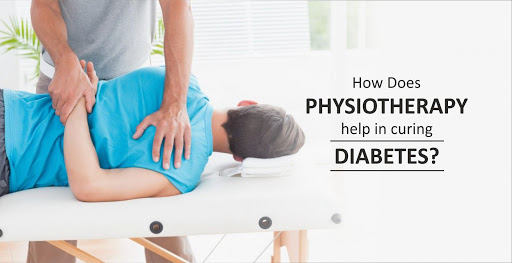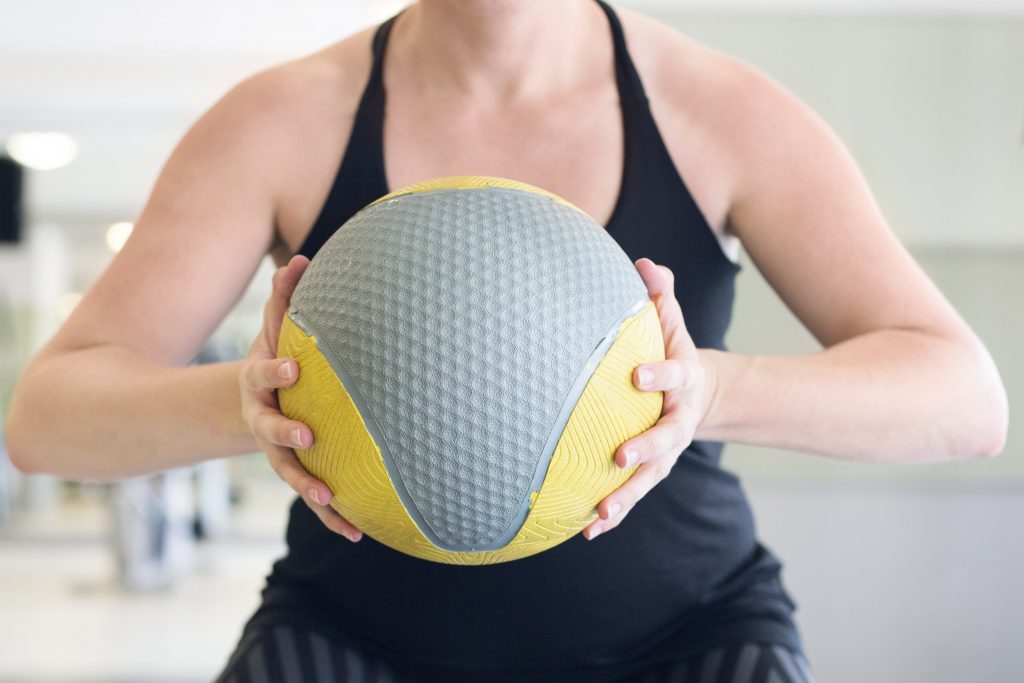When a diagnosis of inflammatory arthritis is received, many people believe that they will have to stop working, play the sports and hobbies they enjoy, or give up their quality of life.
However, in 2019, it is entirely possible for a person with inflammatory arthritis to maintain their activities if they receive adequate care.
What is arthritis?
The word “arthritis” encompasses a group of diseases that affect the joints of the limbs or the spine. In this article, we will discuss the characteristics of inflammatory arthritis in more detail. This is caused by a dysregulation of the immune system which, for reasons still unknown, attacks healthy cells in the joints or surrounding structures, thereby causing inflammation.
There are over 100 different types of inflammatory arthritis. The most common forms are rheumatoid arthritis, ankylosing spondylitis, psoriatic arthritis or even juvenile arthritis.
Arthritis is a fairly common condition: one in five Indians will develop it in their lifetime. Inflammatory arthritis diagnoses can occur at any age and can affect almost any joint in the body. If the disease is diagnosed early and the right treatments are in place, loss of function and disability can be avoided.
What are the symptoms of inflammatory arthritis?
Joint pain is a common phenomenon, which does not necessarily indicate the presence of inflammatory arthritis. A person who experiences the following symptoms for more than six weeks, however, would be advised to consult a doctor for a potential diagnosis.
- Pain in one or more joints, present even at rest or at night (hands, feet, spine, wrists and jaw are the most commonly affected joints)
- Prolonged morning stiffness (more than an hour)
- Presence of swelling in the joints, heat and sometimes redness
- Difficulty performing simple tasks like closing your hand, walking, getting up from a chair, or sitting down
- Extreme tiredness
Before going to the doctor, it is important to take note of what increases the pain and what helps to relieve it. We can also inquire with family members to find out if some of our loved ones have arthritis, since some forms are hereditary.
Who is more at risk?
Several risk factors associated with inflammatory arthritis cannot be controlled.
For example, for most forms, the risk increases with age. Certain genetic markers, whether hereditary or not, also play a role, as does sex – rheumatoid arthritis is more common in women, while spondylitis is more common in men, for example.
Certain behaviors can also be adopted to try to reduce the severity and progression of arthritis: avoiding smoking and exercising regularly help to put the odds on its side.
What treatments are available?
Even if inflammatory arthritis cannot be cured, adequate management can help the person affected to continue their activities.
Medicines and complementary arthritis treatment in Delhi is effective in controlling the symptoms of this disease and their consequences. In addition, the intervention of an interdisciplinary team that includes a physiotherapist in Dwarka, but also a rheumatologist in Delhi, a nurse, an occupational therapist, a psychologist and a social worker can allow the person affected to be better equipped to understand and manage his illness.
It should be noted that when arthritis is left untreated, inflammation can permanently damage the joints or even reach certain organs. However, this is an increasingly rare phenomenon these days, since current treatments are effective. They fall into two main categories: pharmacological and non-pharmacological treatments.
Pharmacological treatments
Depending on the results he obtains after his examination and analysis of the diagnostic tests performed, the doctor may prescribe medication for a patient with arthritis. These can include anti-inflammatory drugs, corticosteroid therapy, remission agents, or any other treatment to relieve pain and prevent joint damage.
Non-pharmacological treatments: the role of the professional in physiotherapy
Several non-pharmacological treatments can also be implemented to facilitate the self-management of the person affected. This is where other specialists come in, such as the physiotherapist in Janakpuri.
According to data from arthritis research teams, physiotherapy interventions are recommended to allow people to better understand their disease, reduce pain, control swelling, improve joint mobility, increase their strength, control and muscular endurance.
These improvements ultimately allow for better accomplishment of daily activities, work, leisure and sports.
The physiotherapy doctor in Dwarka first performs a detailed assessment of the condition of the person affected. Subsequently, he recommends a multimodal approach, that is to say that he combines several types of interventions:
- Teaching various pain management principles
- Various manual techniques
- Application of analgesic modalities (thermotherapy, electrotherapy)
- Support in resuming physical activity
- Teaching and correction of personalized exercises
- Teaching and correcting postures to relieve pain
- Testing and adjusting walking aids as needed











